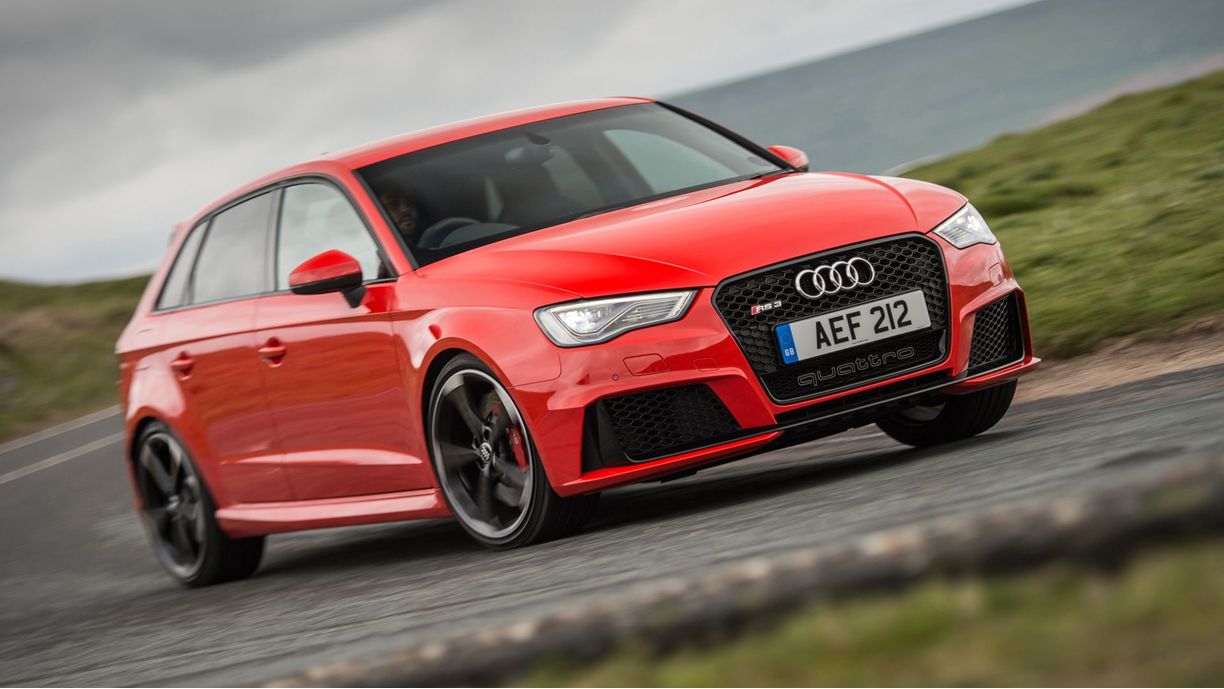How to calculate Vehicle Registration Tax (VRT)

Ireland’s Vehicle Registration Tax – or VRT – has its roots in the country’s pre-EU membership days, when the highly protectionist governments of the time imposed high tariffs on non-Irish imports, in order to promote Ireland’s homegrown industry – and to boost the exchequer’s revenue stream.
To bypass these tariffs, some carmakers chose to set up shop in Ireland – as Ford did from 1917 to 1984 – while others such as Toyota, Renault and Fiat established assembly lines in the country, shipping cars into Ireland in knock-down form and putting them together on Irish soil.
However, when the EU Single Market came into effect at the beginning of 1993, the Irish government found itself being forced to abolish excise duty on cars entering Ireland from the EU. After much deliberation, the decision was taken to rename the tax to sidestep the EU law. Et voilá, VRT as we know it was born.
VRT – changes over time
Up until 2008, VRT was calculated according to three rates – one for cars with an engine capacity of 1,400cc and below, a second for engine capacities between 1,401- and 1,900cc, and a third for those above 1,900cc.
The rate charged varied from 22.5 to 30 per cent of the car’s value. As a new car, that was the retail price, but as an import it was the OMSP (Open Market Selling Price), which is the car’s value in Ireland – as determined by Revenue.
From 2008, however, the way VRT was calculated changed, taking CO2 emissions into account. Seven bands – A to G – were devised covering 14-36 per cent VRT depending on the emissions rating. This was overhauled in 2013 to include more bands (A1 to A4 and B1/B2), reflecting a widespread move to low-CO2 diesel cars.
Another notable change came into force in January 2021 expanding the system to include twenty emissions bands. The range of VRT rates widened, too, with just seven per cent payable at the low end (0-50g/km), but up to 41 per cent for cars emitting more than 190g/km.
At the same time, Revenue introduced a new ‘uplift’ scheme for the import of older cars with CO2 ratings on the outdated ‘NEDC’ system, meaning their effective rating was increased.
A new VRT table came into effect at the start of 2022 and is current at the time of writing:
| Band | CO2 Emissions | % of OMSP |
| 1 | 0 – 50g/km | 7% |
| 2 | 51 – 80g/km | 9% |
| 3 | 81 – 85g/km | 9.75% |
| 4 | 86 – 90g/km | 10.5% |
| 5 | 91 – 95g/km | 11.25% |
| 6 | 96 – 100g/km | 12% |
| 7 | 101 – 105g/km | 12.75% |
| 8 | 106 – 110g/km | 13.5% |
| 9 | 111 – 115g/km | 15.25% |
| 10 | 116 – 120g/km | 16% |
| 11 | 121 – 125g/km | 16.75% |
| 12 | 126 – 130g/km | 17.5% |
| 13 | 131 – 135g/km | 19.25% |
| 14 | 136 – 140g/km | 20% |
| 15 | 141 – 145g/km | 21.5% |
| 16 | 146 – 150g/km | 25% |
| 17 | 151 – 155g/km | 27.5% |
| 18 | 156 – 170g/km | 30% |
| 19 | 171 – 190g/km | 35% |
| 20 | Greater than 191g/km | 41% |
How VRT is calculated now
The only difficulty with VRT estimation is the OMSP. Generally speaking, for a new car, the OMSP will be the retail price in Ireland. For an import, however, it’s not that simple, and it rarely coincides with the price you’ve paid for the car abroad.
By way of example, take the Skoda Octavia – a popular choice of car in both Ireland and the UK for several years. A 2023-reg estate model with just over 3,000 miles on the clock can be bought in the UK for £27,495.
In calculating the Octavia’s VRT, Revenue determined its OMSP to be €37,267. Its CO2 emissions place it in Band 12 for a VRT rate of 17.5 per cent. Therefore the VRT payable is simply 17.5 per cent of €37,267, or €6521.72.
Luckily Cartell.ie offers a useful service to help buyers calculate VRT and other import costs.